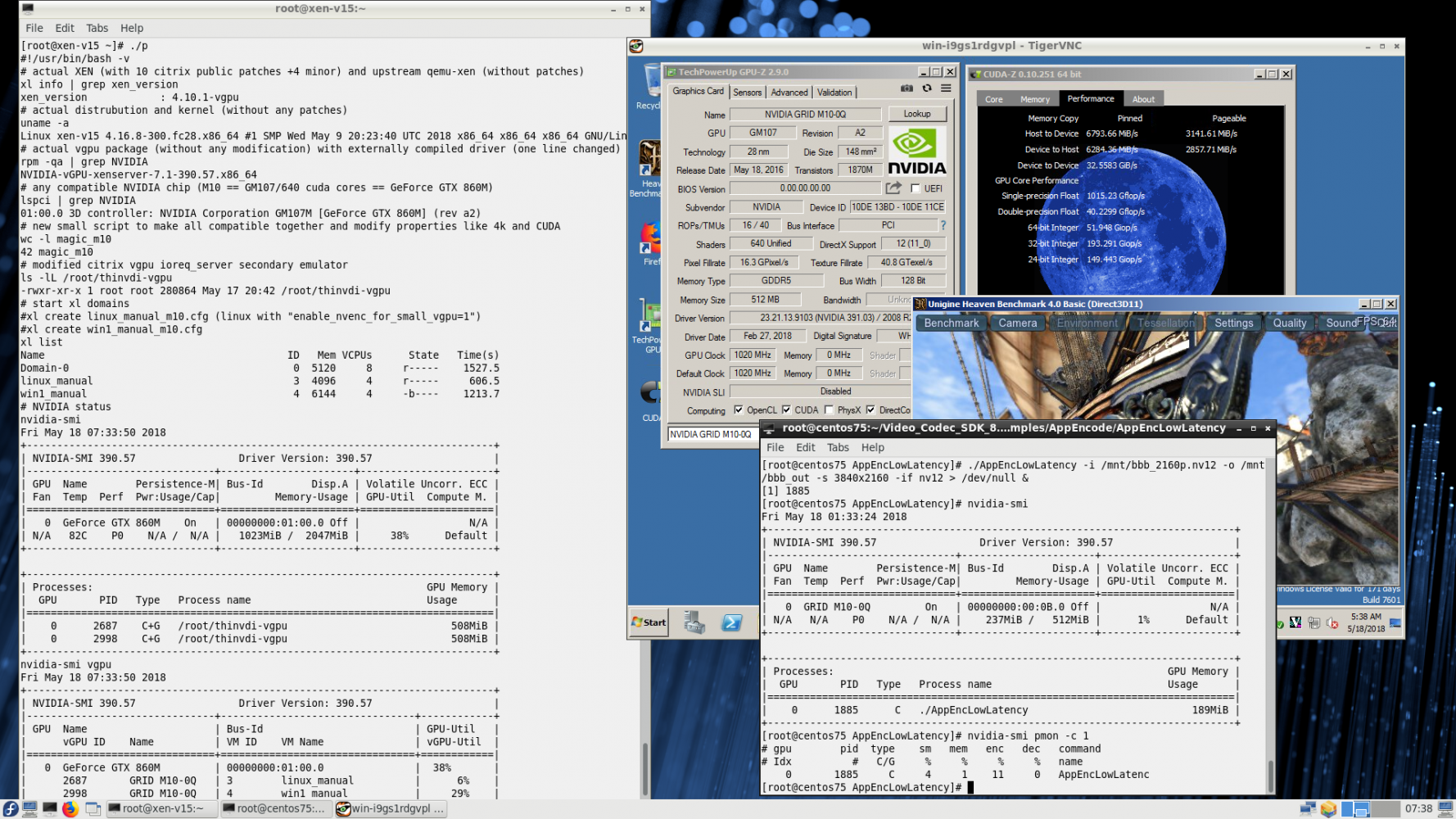AAAAAAAAAAAAAA
AMD's Massive Drop

It's all about the Core Wars
The Ryzen 1700 caught my attention in March of 2017. AM4 was a brand new socket in town. $329 US for an 8-core mainstream desktop CPU? It seemed absurd and yet it would be go on to be one of the most compelling CPUs in a decade. At the time a competing 8-core CPU from intel on the high-end desktop segment cost about $1000 US.
The mainstream desktop performance CPU gauntlet had been thrown down by AMD. While AMD did not have a clockspeed advantage, they offered more cores to offset that disadvantage. Would regular computer users find a use for 8 cores on a mainstream desktop? Would software adapt? And in the two years since then Intel has released the overclockable 6-core 8600k and the 5ghz 8-core 9900K which both offer very strong single and multi-core performance.
Even some Intel insiders concede that AMD has become "formidable" in a recently-leakead internal memo; their expectation is that AMD would generally continue to win on multi-thread and high-core count parts.
It's Also About Single Threading
While 8 cores on the desktop from both Intel and AMD have opened up a number of possibilities, it's often the case that single-threaded, and "lightly-threaded" applications are more important to end-users. It should go without saying that a system maintaining responsiveness and snappiness, even under heavy load scenarios, is generally percieved by the end-users as "better" even though a less responsive machine may complete a background job faster.
One of the biggest questions everyone is trying to answer now, and in the weeks ahead as we settle in with these new CPUS, is "Does AMD have a single-thread performance advantage, or performance parity, with Intel?"
It's also true that Intel's 14nm process is formidable; it's probably the best 14nm process in the world at this point. 5ghz clockspeeds on x86 is no easy feat. We learned at 2019 Computex intel plans to release a 5ghz all-core version of the 9900K (the 9900KS) and I suspect this is to try to use their clockspeeds to maintain a competitive advantage.
One of the biggest questions everyone is trying to answer now, and in the weeks ahead as we settle in with these new CPUS, is "Does AMD have a single-thread performance advantage, or performance parity, with Intel?" The shortest answer is.. It's complicated, but basically yes.
Testing single-threaded and "lightly-threaded" apps for comparison between the two families of processors from both companies has been the most difficult aspect of this review.
The processors and platforms are very different; what each company is building for and optimizing to is very different. There is no truly unequivocal answer and it can get very technical the more you dive into it. I love that.
Getting to Know the Ryzen 3700X and the Ryzen 3900X
The main focus of this article is the two CPUs:
| Cores | Threads | Boost | Base | Price | ...compares to | TDP | Max 1t | Max AC | |
| Ryzen 7 3700x | |||||||||
| Ryzen 9 3900x |
There is also the Ryzen 7 3800X. I was the first in line at Microcenter to pick one of these up. I am guessing that it will perform similarly to how the Ryzen 7 3700X behaves with PBO and an overclock.
Both of these CPUs ship with the RGB Wraith Prism CPU cooler. Unless you plan to use Precision Boost Overdrive (PBO), you probably do not need to buy an aftermarket cooler, especially with the 3700X.
For my test system, I also used a Fractal Celsius S24 All-in-one 240mm radiator with the 12-core Ryzen 9 3900X, which performed well and let that particular CPU really stretch its legs.
For overclocking the 3700X, I found that switching the fan speed from low to high on the physical switch on the Wraith Prism cooler was sufficient to allow 4.3ghz all-core boosts and 4.4 to 4.55ghz 1-thread boosts endlessly (on the test bench, anyway).
The new AMD cpus have a lot of tweaks under the hood. Many of those tweaks really help with the single-threaded and "lightly-threaded" test scenarios. The L3 cache is monstrous – now called GameCache in the marketing material -- to call attention to the fact you have
Is it weird to have a CPU that doesn't downclock for AVX workloads? While the AMD CPUs don't support AVX512 – improvements in Ryzen 3000 means that AVX256 can be serviced in a single clock-tick now.
I was able to test both systems with 64gb of TridentZ RGB memory, at up to 2933mhz.
The Joy Of Not Being Sold Anyth–
Just kidding, this is the post-social-media internet, please give us your money and/or adoration?